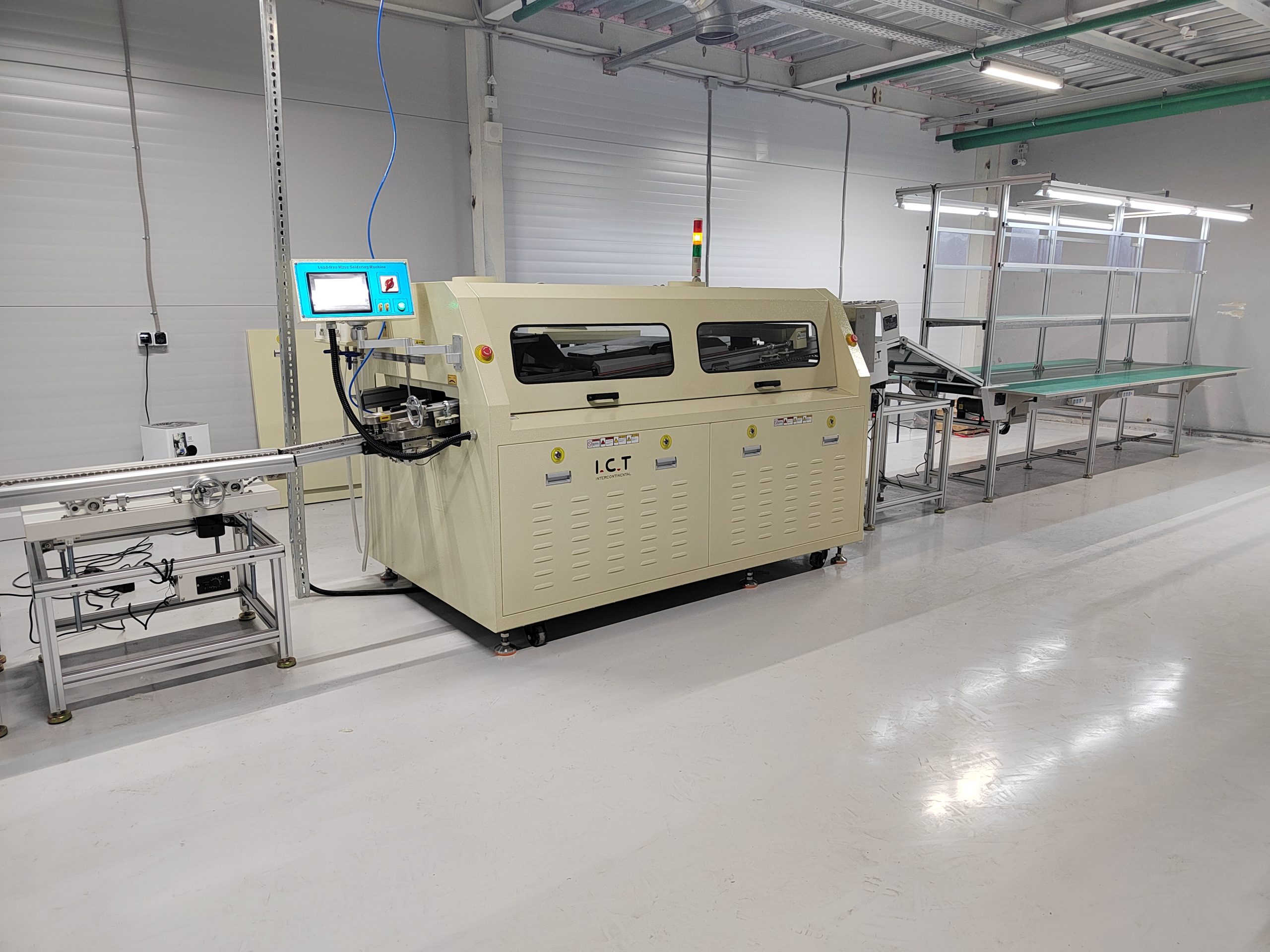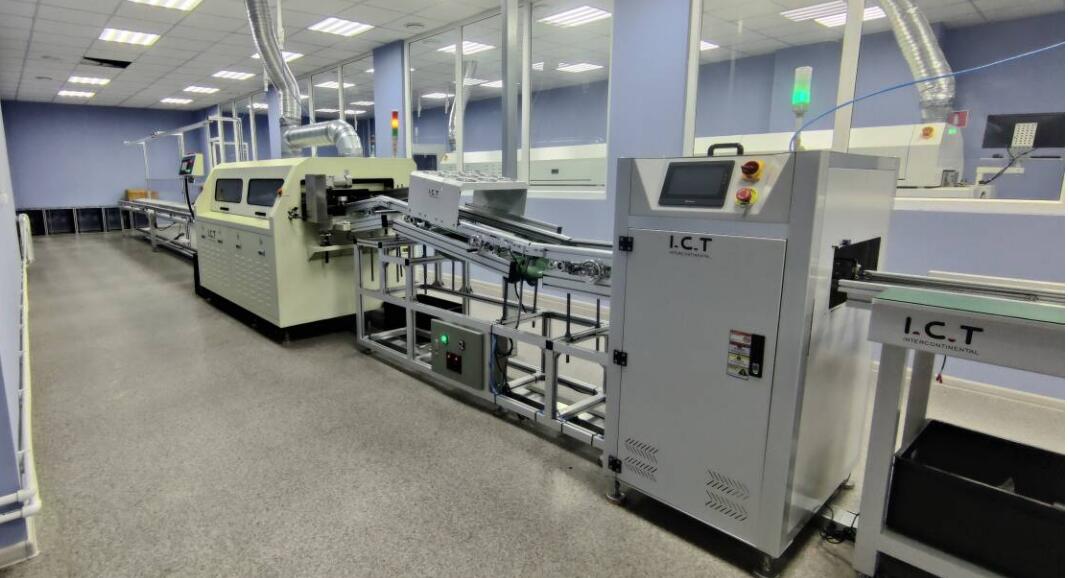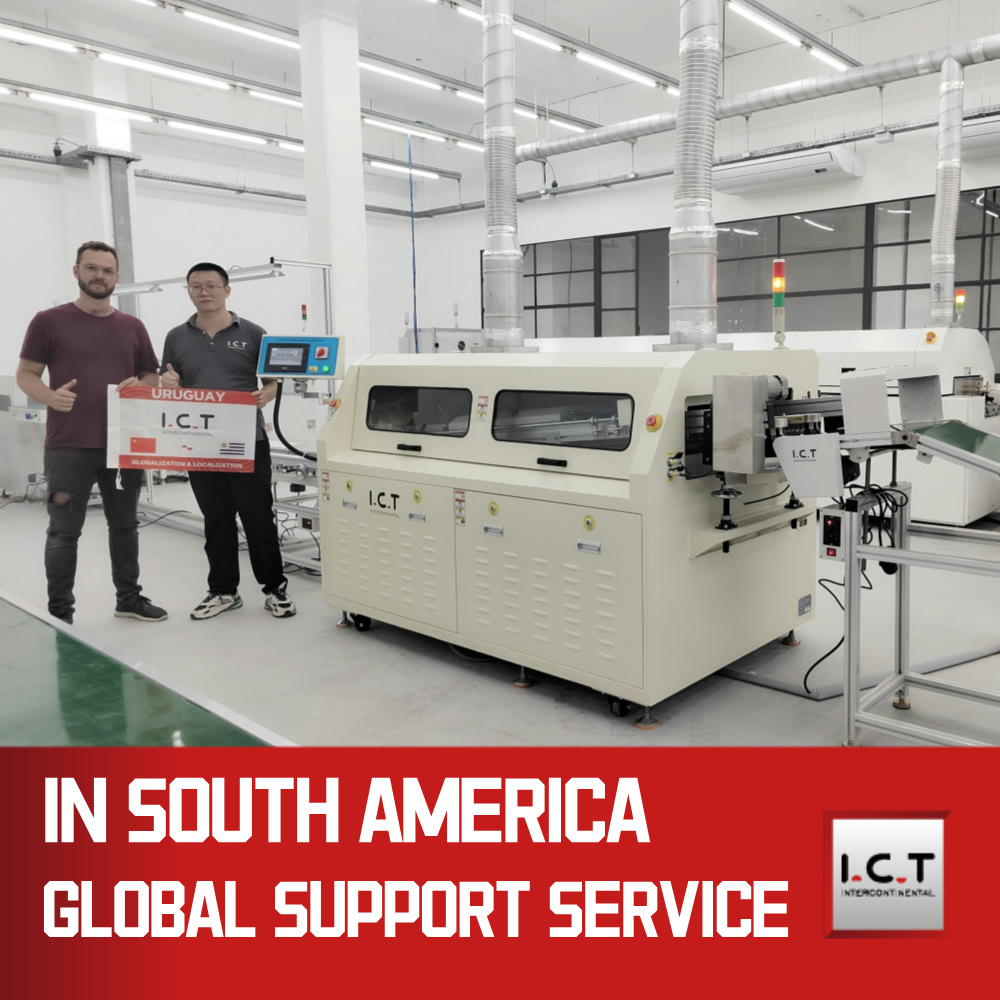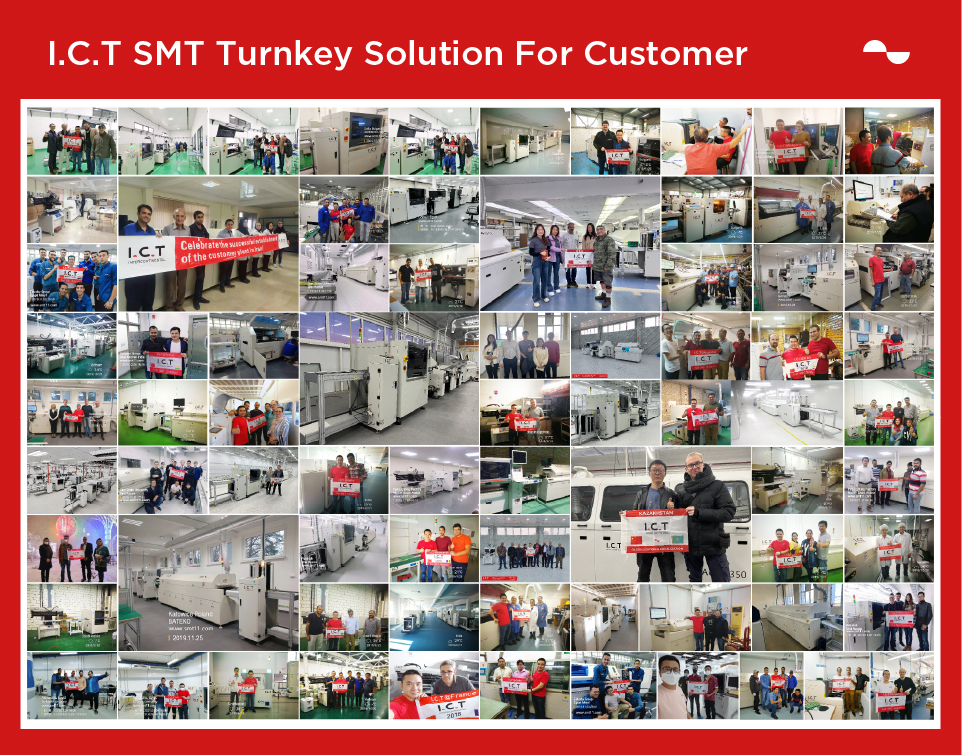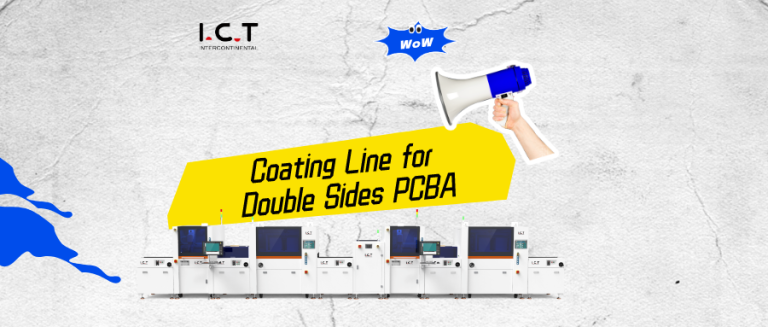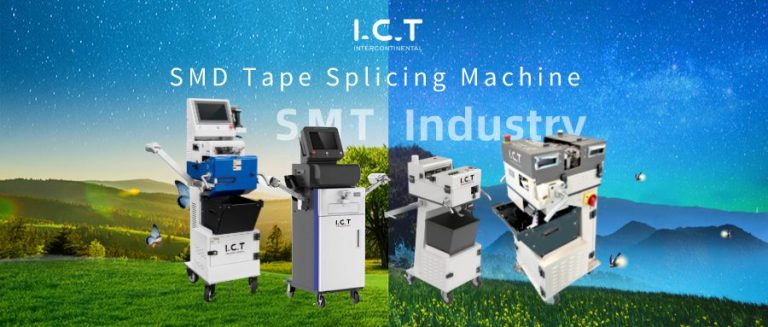Reliable THT Assembly Line for High-Quality PCB Manufacturing
Through-hole component assembly, commonly referred to as pin-in-hole or leaded assembly, remains a crucial process in PCB manufacturing. Despite the advancements and widespread adoption of surface mount technology (SMT), the THT assembly line continues to play an important role, especially in applications requiring durable and reliable connections. In certain scenarios, products are designed exclusively for through-hole components, making THT assembly indispensable.
Benefits of the THT Assembly Line
The THT assembly line offers several distinct advantages, particularly in applications where mechanical stress and high reliability are key concerns.
Reduced Risk of Component Damage
One of the primary benefits of the THT assembly line is the reduced risk of damage to components. This assembly method minimizes the chances of overheating, delamination, and other potential issues that could compromise the integrity of the components.
Strong and Durable Connections
The THT assembly line ensures that all contacts are securely fixed within the plated-through holes of the PCB. This method results in robust and long-lasting connections, making it ideal for applications that require components to withstand mechanical stress.
Enhanced Layered Connectivity
In multi-layer PCBs, the THT assembly line allows for the leads of through-hole components to be soldered to internal layers. This enhances the overall reliability and performance of the assembly, ensuring consistent electrical connections across layers.
THT Assembly Line Process Overview
The THT assembly line involves a precise and methodical process where drilled holes in the PCB are plated with a conductive metal layer. This plating establishes electrical connections between the different layers of double-sided or multi-layer PCBs. To ensure a proper fit, the hole diameter should be approximately 0.4 mm larger than the lead diameter, considering any additional coatings.
Methods of THT Assembly
The method used in a THT assembly line depends on several factors, including the component’s purpose, type, and the specific parameters of the PCB. The assembly process is typically outlined in detailed project documentation.
Automated THT Assembly Line
Automated THT assembly Line is the most widely adopted method in modern manufacturing, offering several key advantages:
High Precision: Automated systems ensure that components are placed with exceptional accuracy on the PCB.
Automated Quality Control: Each stage of the THT assembly line is monitored automatically, ensuring consistent quality and reducing the likelihood of errors.
Cost-Effectiveness: For large-scale production runs, automated THT assembly is highly cost-effective, significantly lowering production costs.
Manual THT Assembly for Small Batches
For smaller production runs or single-unit manufacturing, manual THT assembly can be a viable option. Although it is less efficient than automation, it allows for flexibility and customization. However, it requires a highly skilled engineer to monitor and control each stage of the process.
Placement Methods in THT Assembly
During both manual and automated THT assembly, components are typically inserted on the front side of the PCB, with their leads trimmed on the reverse side. The following placement methods are commonly used:
Close Placement: Requires straight lead forming for components to fit snugly against the PCB.
Gap Placement: Utilizes a Z-lock to create spacing between components and the PCB.
Vertical/Perpendicular Placement: Also employs a Z-lock to ensure proper orientation and secure attachment.
Component-Specific Techniques in THT Assembly
Different components require specific assembly techniques on the THT assembly line to ensure optimal performance and reliability.
DIP Package Components
DIP (Dual In-line Package) components are prevalent in multi-lead circuits. They are placed flush with the PCB to minimize thermal resistance, ensuring efficient heat dissipation.
Axial Lead Components
Axial lead components, such as diodes, are often installed perpendicular to the PCB to facilitate effective air cooling. Zener diodes and standard diodes are typically positioned with the cathode facing upward. If space permits, they can be placed horizontally with a 1-2 mm gap for additional cooling.
Single-Sided Lead Components
Single-sided lead components, including capacitors, fuses, resonators, and varistors, are installed with a minimum clearance of 1 mm from the PCB surface. This placement prevents mechanical stress and ensures reliable performance.
Quartz Crystals
The installation method for quartz crystals depends on the type of housing:
Tall Housing: Quartz crystals with tall housing are best placed on the free side of the PCB or attached to a ground conductor.
Short Housing: For short housings, minimal clearance is recommended. If there are no conductive elements or vias beneath the crystal, a flush placement is advised.
LEDs in THT Assembly
The assembly of LEDs on a THT assembly line varies based on the LED size:
5 mm LEDs: These LEDs require a tight fit against the PCB surface to ensure stability.
3 mm LEDs: These are installed until the fixing leads are securely in place, ensuring proper alignment and attachment.
Electrolytic Capacitors
Electrolytic capacitors, which are often used in high-reliability applications, feature pin leads for secure connections, a gas vent valve to prevent pressure buildup, and a cardboard or rubber mounting gasket for added stability. These capacitors are usually mounted flush with the PCB surface, though horizontal placement is also an option to reduce the overall size of the PCB.
Lithium Power Sources
Lithium power sources are highly sensitive to discharge currents. Therefore, they are installed on the THT assembly line only after all conductive wash processes of the PCB have been completed to prevent any damage.
Conclusion
The THT assembly line continues to be a crucial part of PCB manufacturing, particularly for applications requiring robust and durable connections. Whether through automated or manual methods, THT assembly offers several benefits, including reduced risk of component damage, strong connections, and enhanced reliability for multi-layer PCBs. By understanding the specific assembly techniques for different components, manufacturers can optimize their processes to achieve the best possible outcomes.
Ready to Enhance Your PCB Manufacturing Process?
If you’re looking to improve the quality and efficiency of your PCB production, incorporating a THT assembly line into your process could be the solution. Contact us today to learn more about how our THT assembly services can help you achieve superior results in your manufacturing projects.
